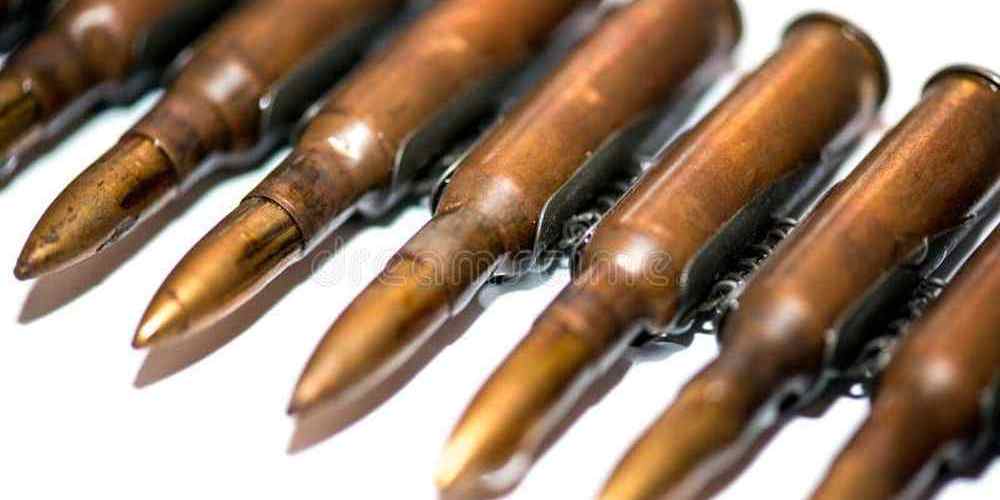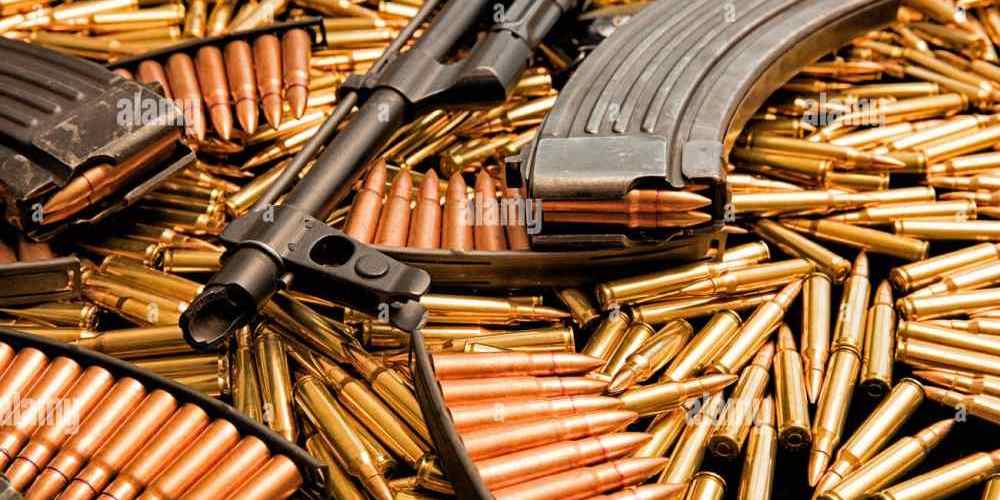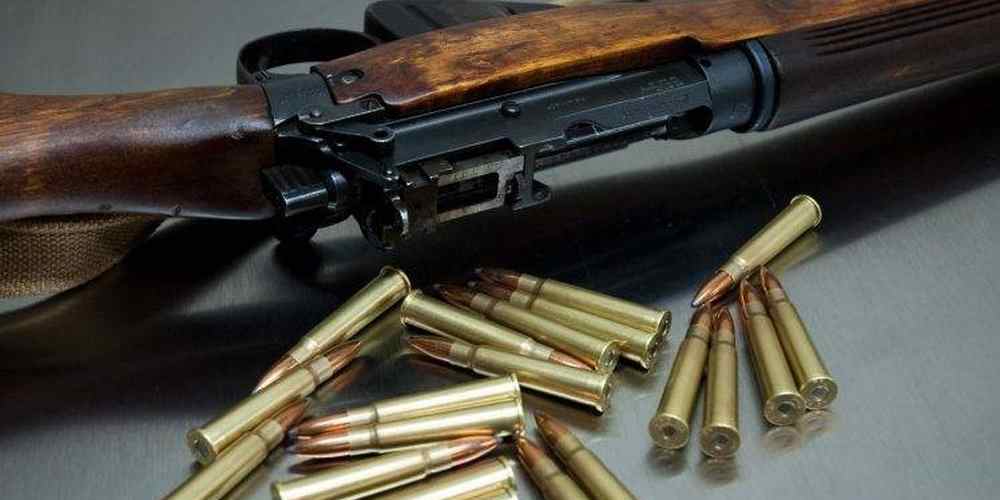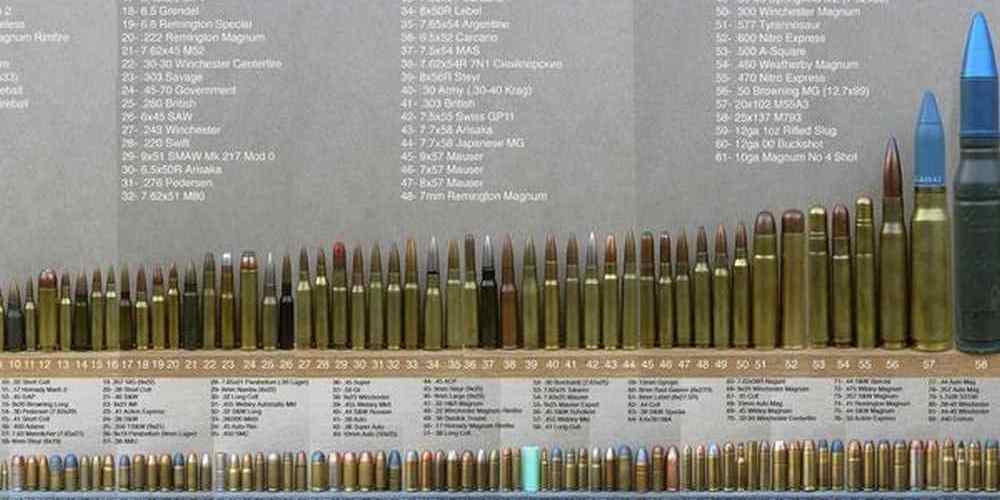“Crafting Bullets: Precision and Passion in Every Shot”
Benefits of Crafting Custom Rifle Ammunition
Crafting custom rifle ammunition is a practice that has been around for centuries, dating back to the early days of firearms. While factory-made ammunition is readily available and convenient, there are many benefits to crafting your own custom bullets. In this article, we will explore the artistry behind custom rifle ammunition and the advantages it offers to shooters.
One of the primary benefits of crafting custom rifle ammunition is the ability to tailor the load to your specific needs and preferences. By selecting the type of bullet, powder, and primer, you can create a cartridge that is perfectly suited to your rifle and shooting style. This level of customization allows you to achieve optimal performance and accuracy, resulting in tighter shot groups and improved overall shooting experience.
Another advantage of crafting custom rifle ammunition is the cost savings it can provide in the long run. While the initial investment in reloading equipment may seem daunting, reloading your own ammunition can be significantly cheaper than purchasing factory-made cartridges. By reusing brass casings and buying components in bulk, you can save money over time and have a steady supply of high-quality ammunition at your disposal.
In addition to cost savings, crafting custom rifle ammunition allows you to experiment with different bullet weights, shapes, and designs to find the perfect load for your rifle. This level of customization can lead to improved accuracy and consistency, as well as enhanced terminal performance on game animals. Whether you are a competitive shooter or a hunter, having the ability to fine-tune your ammunition can give you a competitive edge in the field.
Crafting custom rifle ammunition also allows you to control the quality of your cartridges and ensure that each round meets your exacting standards. By carefully inspecting and measuring each component, you can identify and eliminate any defects or inconsistencies that may affect performance. This attention to detail can result in more reliable and consistent ammunition, reducing the likelihood of malfunctions or misfires during shooting.
Furthermore, crafting custom rifle ammunition can be a rewarding and enjoyable hobby for shooters who appreciate the artistry and craftsmanship involved in the process. From selecting the components to assembling the cartridges, reloading ammunition requires precision, patience, and attention to detail. Many shooters find satisfaction in the hands-on nature of reloading and take pride in the quality of the ammunition they produce.
In conclusion, crafting custom rifle ammunition offers a wide range of benefits to shooters, including increased performance, cost savings, and the ability to tailor loads to specific needs. By taking the time to learn the artistry behind reloading, shooters can enhance their shooting experience and achieve greater accuracy and consistency on the range or in the field. Whether you are a seasoned marksman or a novice shooter, consider exploring the world of custom rifle ammunition and discover the advantages it can offer.
Techniques for Crafting High-Quality Bullets
Crafting custom rifle ammunition is a meticulous process that requires skill, precision, and attention to detail. Each bullet is carefully crafted to meet the specific needs and preferences of the shooter, resulting in high-quality ammunition that delivers consistent performance. In this article, we will explore the artistry behind crafting custom rifle ammunition and the techniques used to create bullets that meet the highest standards of quality.
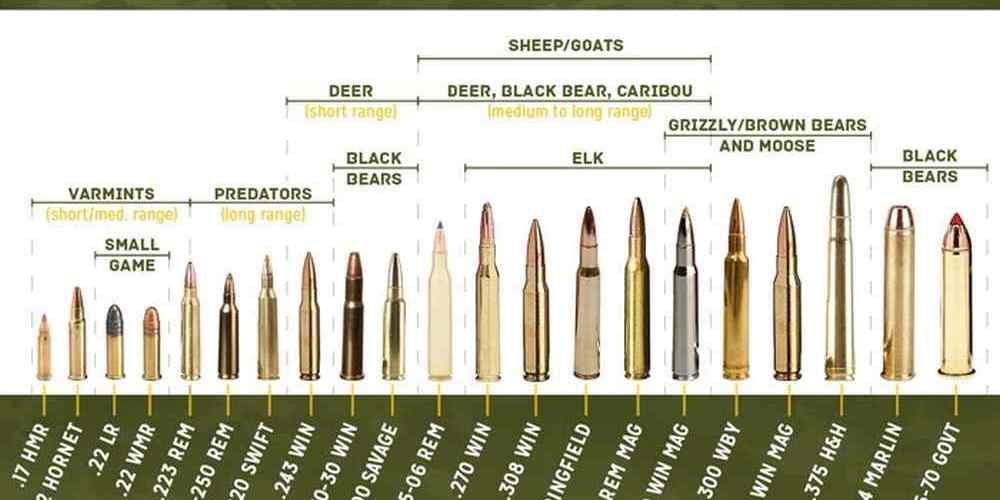
One of the key components of crafting custom rifle ammunition is selecting the right materials. The type of bullet, casing, powder, and primer used can all have a significant impact on the performance of the ammunition. For example, the type of bullet chosen will affect factors such as accuracy, velocity, and penetration. By carefully selecting the right materials, shooters can ensure that their ammunition performs optimally in a variety of shooting conditions.
In addition to selecting the right materials, crafting custom rifle ammunition also involves precise measurements and calculations. Each component of the bullet must be carefully weighed and measured to ensure that it meets the desired specifications. This level of precision is essential for creating ammunition that is consistent and reliable, as even small variations in weight or dimensions can affect the performance of the bullet.
Another important aspect of crafting custom rifle ammunition is the process of assembling the components. This involves carefully loading the powder, seating the bullet, and crimping the casing to ensure that everything is securely in place. The process of assembling the components requires a steady hand and attention to detail, as even minor mistakes can result in ammunition that is unreliable or unsafe to use.
Once the components are assembled, the final step in crafting custom rifle ammunition is testing and quality control. Shooters will often test their ammunition on a firing range to ensure that it performs as expected and meets their standards of accuracy and consistency. This testing process allows shooters to make any necessary adjustments to the components or assembly process to improve the performance of the ammunition.
Crafting custom rifle ammunition is a labor-intensive process that requires skill, patience, and dedication. Shooters who take the time to craft their own ammunition are rewarded with ammunition that is tailored to their specific needs and preferences, resulting in improved accuracy and performance on the range or in the field. By carefully selecting materials, measuring components, assembling the ammunition, and testing for quality control, shooters can create high-quality bullets that meet the highest standards of performance.
In conclusion, crafting custom rifle ammunition is a blend of artistry and technical skill that allows shooters to create ammunition that is tailored to their specific needs and preferences. By selecting the right materials, measuring components precisely, assembling the ammunition carefully, and testing for quality control, shooters can create high-quality bullets that deliver consistent performance. Whether you are a competitive shooter, a hunter, or a recreational marksman, crafting custom rifle ammunition can help you achieve your shooting goals and improve your overall shooting experience.
Customizing Bullet Designs for Improved Performance
When it comes to shooting sports, the performance of your rifle ammunition can make all the difference. Customizing bullet designs is a practice that has been gaining popularity among avid shooters who are looking to improve accuracy, consistency, and overall performance. Crafting bullets is a meticulous process that requires attention to detail and a deep understanding of ballistics. By customizing bullet designs, shooters can tailor their ammunition to suit their specific needs and preferences.
One of the key benefits of customizing bullet designs is the ability to improve accuracy. By carefully selecting the shape, weight, and composition of the bullet, shooters can achieve tighter groupings and more consistent shot placement. Custom bullets can be tailored to match the twist rate of a rifle’s barrel, ensuring optimal stability and flight characteristics. This level of precision can make a significant difference, especially in competitive shooting where every shot counts.
In addition to accuracy, customizing bullet designs can also enhance terminal performance. By adjusting factors such as bullet shape, jacket thickness, and core material, shooters can create bullets that expand reliably upon impact, delivering maximum energy transfer to the target. This can be particularly important for hunting applications, where quick, clean kills are essential. Custom bullets can be designed to penetrate deeply and expand uniformly, ensuring ethical and humane hunting practices.
Another advantage of customizing bullet designs is the ability to optimize performance for specific shooting conditions. Different bullets perform best at different velocities, ranges, and environmental conditions. By tailoring bullet designs to match these variables, shooters can achieve superior performance in a variety of scenarios. For example, a bullet designed for long-range shooting may feature a high ballistic coefficient and a streamlined profile to minimize drag and retain velocity over distance. On the other hand, a bullet designed for close-range shooting may prioritize rapid expansion and maximum energy transfer.
Crafting bullets is a blend of science and art, requiring a deep understanding of ballistics, metallurgy, and aerodynamics. Shooters who choose to customize their bullet designs must be willing to invest time, effort, and resources into the process. This may involve experimenting with different bullet shapes, weights, and materials to find the optimal combination for their specific needs. It may also require specialized equipment, such as bullet molds, presses, and annealing machines, to produce custom bullets with precision and consistency.
Despite the challenges, the rewards of customizing bullet designs can be significant. Shooters who take the time to craft their own ammunition often report improved accuracy, consistency, and overall performance. Custom bullets can give shooters a competitive edge, whether on the range or in the field. By tailoring bullet designs to suit their individual preferences and shooting style, shooters can achieve a level of performance that is truly unique and personalized.
In conclusion, customizing bullet designs is a practice that allows shooters to tailor their ammunition to suit their specific needs and preferences. By adjusting factors such as bullet shape, weight, and composition, shooters can improve accuracy, terminal performance, and overall shooting performance. Crafting bullets is a meticulous process that requires a deep understanding of ballistics and a willingness to experiment and innovate. Shooters who choose to customize their bullet designs may find that the rewards are well worth the effort, with improved performance and a competitive edge on the range or in the field.
The Importance of Consistency in Bullet Crafting
Crafting custom rifle ammunition is a meticulous process that requires precision and attention to detail. One of the most important aspects of bullet crafting is consistency. Consistency in bullet crafting ensures that each round performs reliably and accurately, which is crucial for hunters, competitive shooters, and anyone who relies on their firearm for protection.
When crafting custom rifle ammunition, consistency starts with selecting high-quality components. The bullet, casing, primer, and powder all play a role in the performance of the round. Using components that are uniform in size, weight, and composition is essential for achieving consistent results. Variations in any of these components can lead to inconsistencies in velocity, trajectory, and accuracy.
Once the components are selected, the next step is to carefully measure and assemble each round. Precision is key when it comes to bullet crafting, as even the smallest variation in weight or length can affect the performance of the round. Using a high-quality reloading press and scale is essential for achieving consistent results. Each round should be loaded to the same specifications to ensure uniformity across the batch.
Consistency in bullet crafting also extends to the reloading process. Each round should be loaded with the same amount of powder, seated to the same depth, and crimped with the same pressure. Any deviation from these standards can lead to variations in pressure, velocity, and accuracy. It’s important to follow a strict reloading process and double-check each round to ensure that they meet the desired specifications.
Another important aspect of consistency in bullet crafting is testing and quality control. Before using custom rifle ammunition in the field or at the range, it’s important to test a sample batch to ensure that they perform as expected. This can involve shooting groups at different distances, measuring velocity and accuracy, and checking for any signs of pressure issues. Any rounds that don’t meet the desired standards should be discarded or reloaded to ensure consistency across the batch.
Consistency in bullet crafting is not only important for performance but also for safety. Inconsistent ammunition can lead to dangerous malfunctions, such as squibs or overpressure rounds. By taking the time to craft each round with care and attention to detail, shooters can ensure that their ammunition performs reliably and safely.
In conclusion, consistency is key when it comes to crafting custom rifle ammunition. By selecting high-quality components, measuring and assembling each round with precision, following a strict reloading process, and testing for quality control, shooters can achieve consistent results that perform reliably and accurately. Whether you’re a hunter, competitive shooter, or just enjoy spending time at the range, investing in consistent custom rifle ammunition is essential for achieving success in your shooting endeavors.
Exploring Different Materials for Crafting Bullets
Crafting custom rifle ammunition is a meticulous process that requires attention to detail and a deep understanding of the materials used. One of the key components in crafting bullets is the choice of materials. Different materials can affect the performance and accuracy of the ammunition, making it crucial to select the right ones for the job.
One of the most common materials used in crafting bullets is lead. Lead is a dense and malleable metal that has been used in ammunition for centuries. It is relatively inexpensive and easy to work with, making it a popular choice among bullet makers. However, lead has come under scrutiny in recent years due to its toxic properties. In response to this, many bullet makers have started to explore alternative materials.
One such alternative is copper. Copper is a non-toxic metal that is gaining popularity in the world of custom ammunition. Copper bullets are known for their high levels of accuracy and consistency. They also have the added benefit of being environmentally friendly, as they do not release harmful toxins into the environment like lead does. Copper bullets are often used in hunting ammunition, as they are known for their ability to penetrate deep into the target.
Another material that is commonly used in crafting bullets is brass. Brass is a durable and corrosion-resistant metal that is often used in the casings of bullets. Brass casings are known for their ability to withstand high pressures without deforming, making them a popular choice among reloaders. Brass casings can be reused multiple times, making them a cost-effective option for those who reload their ammunition.
Steel is another material that is sometimes used in crafting bullets. Steel bullets are known for their high levels of penetration and are often used in military applications. However, steel bullets can be harder on the rifling of a barrel, leading to increased wear and tear over time. Steel bullets are also heavier than other materials, which can affect the trajectory of the bullet.
In addition to these traditional materials, there are also more exotic options available for crafting bullets. For example, tungsten is a dense metal that is sometimes used in armor-piercing ammunition. Tungsten bullets are known for their ability to penetrate even the toughest of materials. However, tungsten is an expensive material and is not commonly used in everyday ammunition.
When crafting custom rifle ammunition, it is important to carefully consider the materials used. Each material has its own unique properties that can affect the performance and accuracy of the bullet. By selecting the right materials for the job, bullet makers can create ammunition that is tailored to their specific needs. Whether it be lead, copper, brass, steel, or even tungsten, the choice of material plays a crucial role in the artistry behind crafting custom rifle ammunition.




